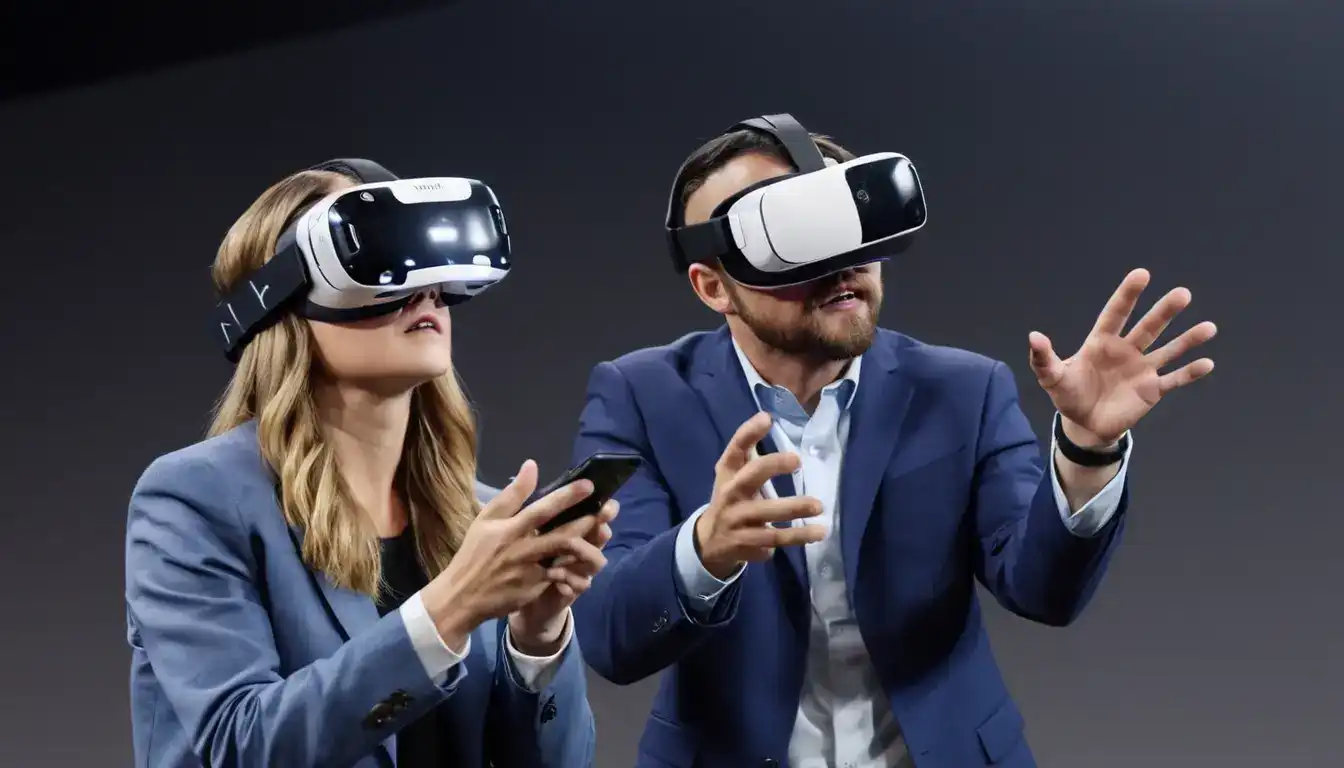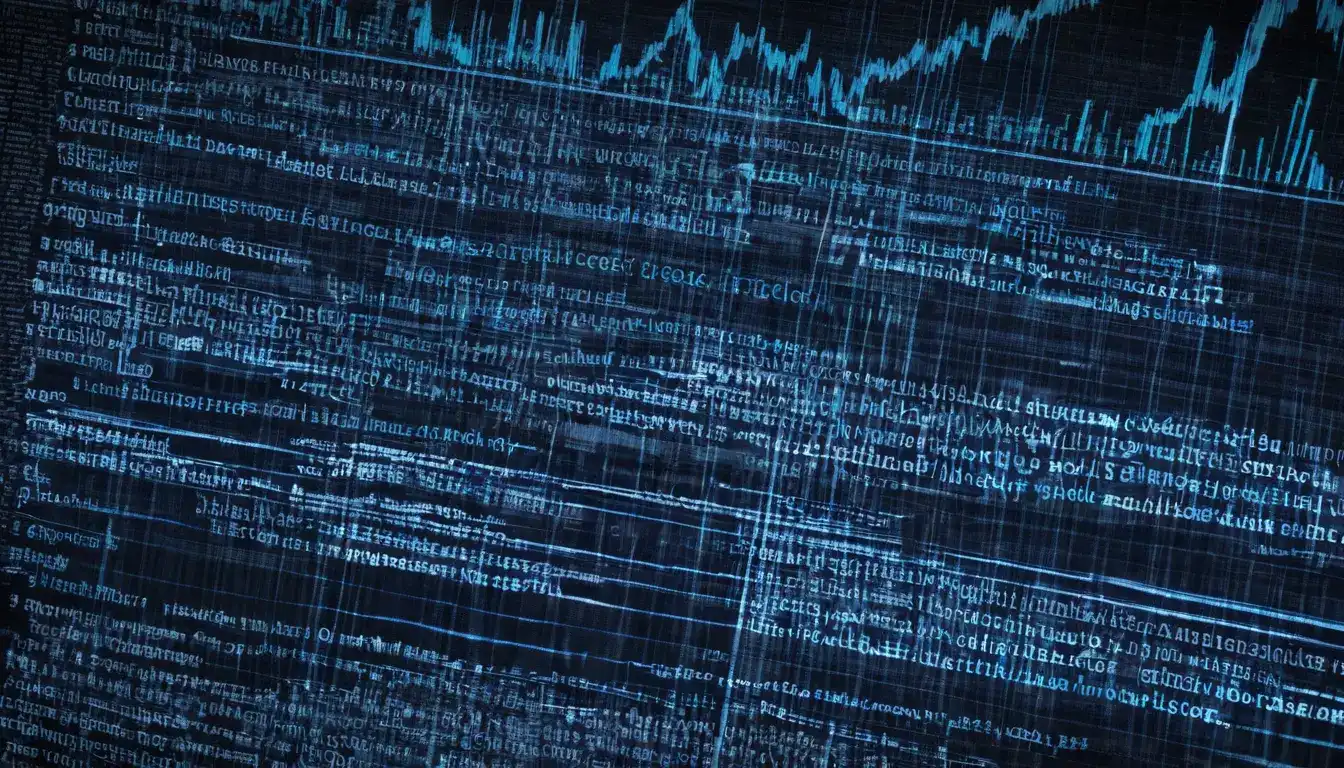Application of IoT in Various Industries
Emily Willis
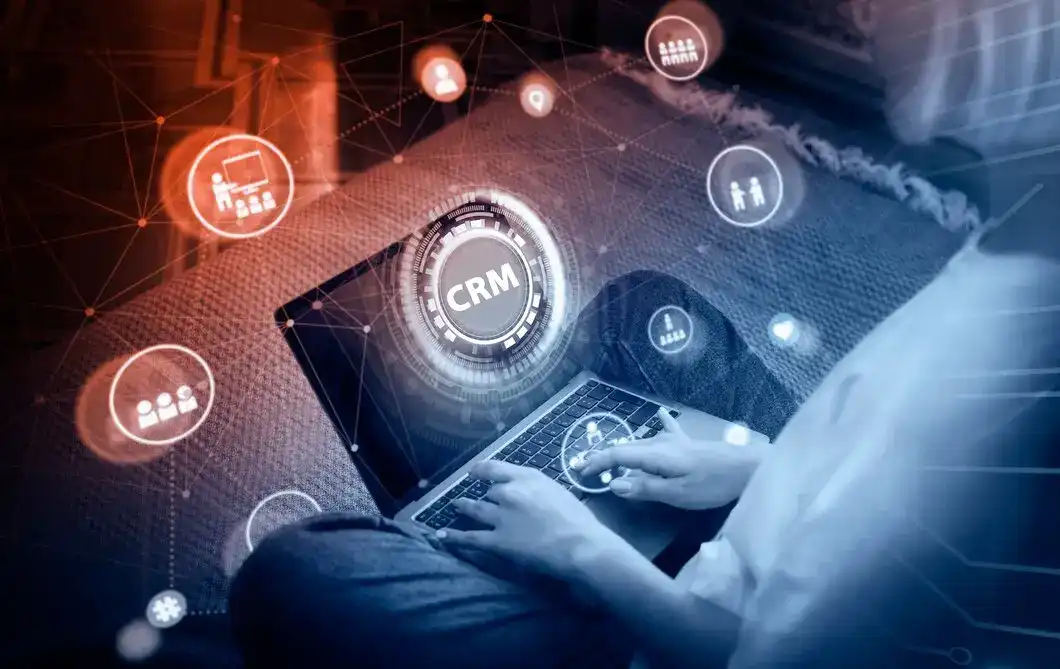
Photo: Application of IoT in Various Industries
The Internet of Things (IoT) has revolutionized how businesses operate, enabling them to improve efficiency, enhance customer experiences, and create new opportunities for growth. By connecting devices and systems to the internet, IoT allows for real-time data collection, analysis, and automation. This article explores the application of IoT in various industries, highlighting its transformative impact and potential benefits.
1. Manufacturing
Smart Factories
In the manufacturing sector, IoT is the backbone of smart factories. By connecting machinery, equipment, and systems, IoT enables real-time monitoring and automation. This connectivity leads to increased operational efficiency, reduced downtime, and better resource management.
Predictive Maintenance
IoT sensors collect data on machine performance and condition, allowing for predictive maintenance. By analyzing this data, manufacturers can predict equipment failures and schedule maintenance before issues arise, reducing downtime and maintenance costs.
Supply Chain Optimization
IoT enhances supply chain management by providing real-time visibility into inventory levels, shipment status, and production processes. This information helps manufacturers optimize inventory, reduce lead times, and improve overall supply chain efficiency.
2. Healthcare
Remote Patient Monitoring
IoT-enabled medical devices allow for remote monitoring of patients' health conditions. Wearable devices and sensors can track vital signs and send data to healthcare providers, enabling continuous monitoring and timely interventions.
Smart Hospitals
Hospitals use IoT to improve patient care and operational efficiency. IoT devices can monitor patient conditions, track medical equipment, and manage hospital resources. For instance, smart beds can monitor patients' movements and adjust positions to prevent bedsores.
Enhanced Patient Care
IoT facilitates personalized patient care by providing real-time data to healthcare providers. This data-driven approach allows for tailored treatment plans, improving patient outcomes and satisfaction.
3. Agriculture
Precision Farming
IoT is transforming agriculture through precision farming techniques. Sensors and drones collect data on soil conditions, weather patterns, and crop health. Farmers can use this data to make informed decisions about irrigation, fertilization, and pest control, optimizing yields and reducing resource usage.
Livestock Monitoring
IoT devices are used to monitor livestock health and behavior. Wearable sensors can track animals' vital signs and movements, alerting farmers to potential health issues or unusual behavior. This proactive approach helps in maintaining animal health and improving productivity.
Smart Irrigation
IoT-enabled irrigation systems use real-time data to optimize water usage. These systems can adjust watering schedules based on soil moisture levels and weather forecasts, conserving water and ensuring crops receive the right amount of hydration.
4. Retail
Inventory Management
IoT streamlines inventory management by providing real-time visibility into stock levels. Smart shelves and RFID tags can track inventory automatically, reducing the risk of stockouts and overstocking. Retailers can optimize inventory levels, improve order accuracy, and enhance customer satisfaction.
Personalized Shopping Experience
IoT enables personalized shopping experiences through smart devices and data analytics. Retailers can use data from IoT devices to understand customer preferences and behavior, offering personalized recommendations and promotions. This enhances customer engagement and loyalty.
Supply Chain Efficiency
IoT improves supply chain efficiency by tracking shipments and monitoring environmental conditions. Sensors can detect temperature, humidity, and other factors that may affect product quality during transportation. This ensures that products arrive in optimal condition and reduces the risk of spoilage or damage.
5. Transportation and Logistics
Fleet Management
IoT devices are widely used in fleet management to monitor vehicle location, performance, and driver behavior. Real-time data enables efficient route planning, reduces fuel consumption, and improves overall fleet efficiency. Additionally, IoT can provide maintenance alerts to prevent breakdowns.
Smart Transportation Systems
IoT enhances urban transportation systems by providing real-time data on traffic conditions and public transport usage. Smart traffic lights and connected vehicles can optimize traffic flow, reduce congestion, and improve overall transportation efficiency.
Asset Tracking
IoT improves asset tracking in logistics by providing real-time visibility into the location and condition of goods. This enhances supply chain transparency, reduces theft and loss, and ensures timely delivery of products.
6. Energy and Utilities
Smart Grids
IoT is integral to the development of smart grids, which enhance the efficiency and reliability of energy distribution. Smart meters and sensors provide real-time data on energy consumption, enabling utilities to optimize power generation and distribution. This leads to reduced energy waste and improved grid stability.
Energy Management
IoT enables better energy management in buildings and industrial facilities. Smart devices can monitor and control lighting, heating, and cooling systems based on occupancy and usage patterns. This reduces energy consumption and lowers utility bills.
Renewable Energy
IoT supports the integration of renewable energy sources into the grid. Sensors can monitor the performance of solar panels and wind turbines, optimizing energy production and maintenance. IoT also facilitates the efficient storage and distribution of renewable energy.
7. Smart Cities
Public Safety
IoT enhances public safety in smart cities through connected surveillance systems and emergency response coordination. Smart cameras and sensors can detect unusual activities and alert authorities, improving crime prevention and response times.
Waste Management
IoT improves waste management by providing real-time data on waste levels and collection routes. Smart bins can signal when they need to be emptied, optimizing collection schedules and reducing operational costs.
Environmental Monitoring
IoT enables continuous monitoring of environmental conditions, such as air quality and noise levels. This data helps city planners and authorities make informed decisions to improve urban living conditions and reduce pollution.
Conclusion
The application of IoT in various industries is driving significant improvements in efficiency, productivity, and customer satisfaction. From manufacturing and healthcare to agriculture and smart cities, IoT is transforming the way businesses operate and deliver value. As technology continues to evolve, the potential for IoT to create new opportunities and address complex challenges will only grow. Embracing IoT is essential for businesses and industries to stay competitive and thrive in the digital age.
Latest ✨
View Allvibrant cultures of Mexico, China, and India, highlighting their unique customs, traditions, and ways of life. It emphasizes the importance of immersing oneself in these cultures to connect with the soul of a place and create lasting memories.
Emily Willis
Virtual reality (VR) and augmented reality (AR) are transforming the entertainment industry by offering immersive experiences that blur the lines between the real and virtual worlds. VR completely transports users into computer-generated environments, while AR overlays digital elements onto the real world.
Emily Willis
The Pacific Ocean is home to remote and enchanting islands that offer untouched natural beauty, rich cultures, and unique experiences for adventurous travelers. Tips for exploring these hidden gems include researching your destination, packing light, respecting local culture, exploring responsibly, and staying safe.
Emily Willis
concept of "sports for social good," which uses the power of sports to address social issues and create positive change. It highlights the impact of sports on diversity, gender equality, youth development, community engagement, health, and peacebuilding.
Emily Willis
Business
View All
August 5, 2024
How to Create Engaging Content and Convert Visitors to Customerscreating engaging content to attract and retain customers in the digital age. It provides strategies for understanding the audience, setting content goals, creating high-quality content, using storytelling and emotional connection, and optimizing content for conversions. It also covers content formats and distribution, measuring and analyzing content performance, and building relationships with influencers and user-generated content.
Emily Willis

August 5, 2024
How to Improve Your Leadership Skillsleadership skills in achieving organizational success. It discusses various aspects of leadership, including understanding leadership, identifying leadership styles, developing effective communication skills, building trust and credibility, developing emotional intelligence, delegating tasks effectively, embracing continuous learning, fostering a positive work culture, making tough decisions, developing a growth mindset, and building a strong team.
Emily Willis

August 5, 2024
Master Your Business Financial Plan in 5 Stepssecrets to mastering your business financial plan with five simple steps. Learn how to analyze financial data, set measurable goals, and create a comprehensive strategy for success. Unlock profitability, make confident decisions, and ensure a bright future for your business
Emily Willis
Economy
View AllBest Secured Loans for Debt Consolidation with Low Interest Rates | Compare Top Lenders & Save Money on Monthly Payments
Read MoreThe digital economy is rapidly changing the job market, with trends such as remote work, the gig economy, automation, e-commerce, cybersecurity, digital skills, and changes in traditional industries having significant implications. These trends offer both opportunities and challenges, requiring individuals and organizations to adapt by embracing flexibility, investing in continuous learning, and staying abreast of technological advancements in order to thrive in this evolving landscape.
Read MoreIn today's rapidly changing economic landscape, innovation and resilience are more important than ever. Innovation drives progress and competitiveness by creating new ideas and solutions to meet market needs. Resilience helps businesses withstand shocks and bounce back from setbacks by planning strategically and diversifying resources.
Read MoreEntertainment
View All
August 4, 2024
The Latest Music Trends, Artists Influencing Pop Culture, and How Digital Platforms Facilitate the Distribution of Music GloballyThe music industry is constantly changing due to consumer preferences, technology, and the influence of artists. Digital platforms have revolutionized music creation, distribution, and consumption, leading to genre fusion, the rise of independent artists, and collaborative projects. Influential artists like Billie Eilish, BTS, and Taylor Swift have shaped pop culture globally. Streaming services, social media, and direct-to-fan engagement have transformed music distribution. Digital platforms also promote cultural diversity and inclusivity, expand markets and revenue, and drive technological advancements. The industry is also focusing on sustainability and ethical practices. To succeed in the future, stakeholders must embrace digital transformation and champion inclusivity.
Emily Willis
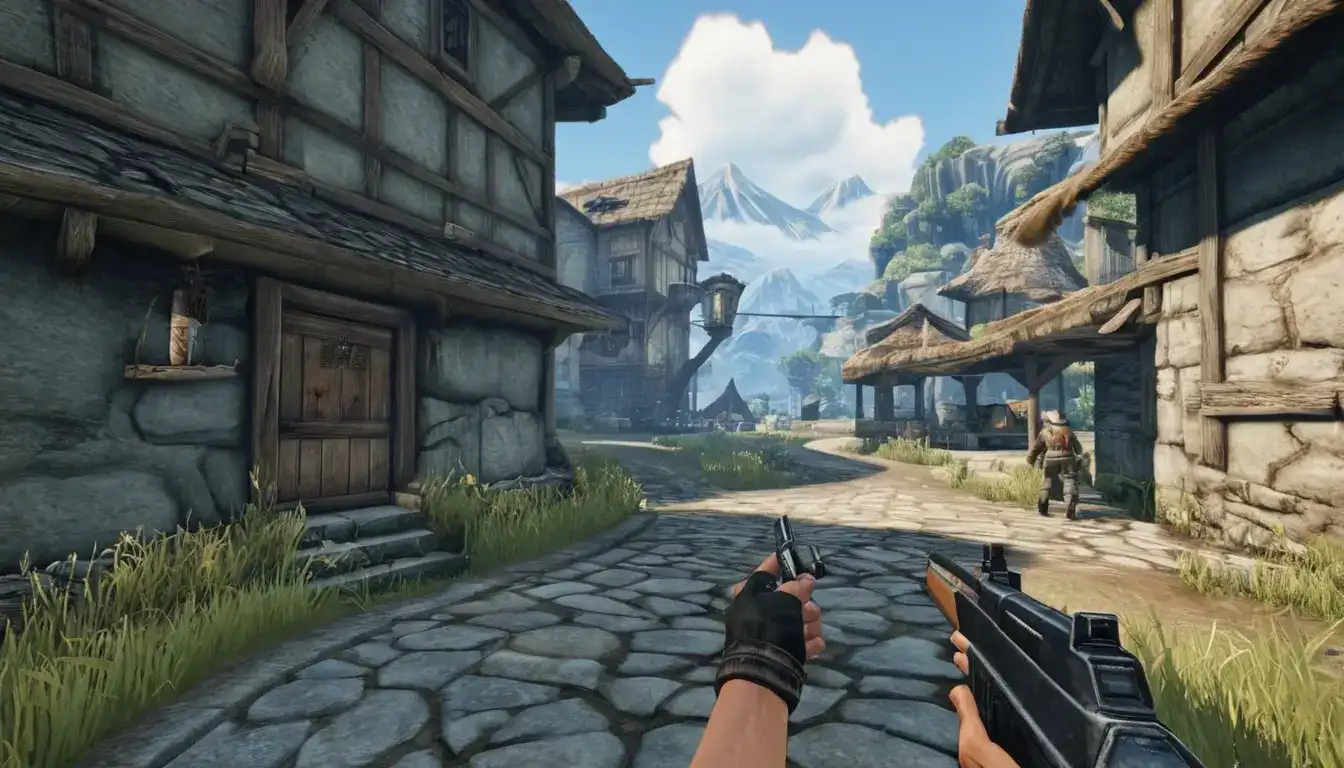
August 5, 2024
Video Games: Enduring Appeal, Immersive Worlds, and Diverse Genresenduring appeal of video games, highlighting their ability to transport players to fantastical realms, challenge their minds, and foster connections with others. It explores the magic of immersive worlds, the vast array of genres available, and the social power of gaming.
Emily Willis

August 5, 2024
Music Universal Language: Connecting and Inspiring Across CulturesMusic has the power to transcend language barriers and connect people on a deep emotional level. It serves as a bridge between cultures, fostering understanding and appreciation for diversity. The universality of rhythm and melody creates a sense of unity, while the diversity of musical styles allows for exploration and creativity.
Emily Willis
Health
View AllRegular exercise is essential for maintaining both physical and mental health. It helps with weight management, cardiovascular health, muscle strength, energy levels, and sleep quality. Exercise also reduces stress and anxiety, improves mood, cognitive function, and self-esteem, and lowers the risk of depression. Different types of exercises, such as aerobic, strength training, flexibility, balance, and mind-body exercises, contribute to overall health. To start and maintain an exercise routine, it is important to start slowly, set realistic goals, find enjoyable activities, stay consistent, and listen to your body.
Emily Willis
Regular physical activity is crucial for maintaining long-term health and well-being. It has numerous benefits, including improving cardiovascular health, aiding in weight management, enhancing mental health, strengthening bones, boosting immune function, and promoting longevity.
Emily Willis
Quality sleep is essential for overall health and well-being, impacting physical, cognitive and emotional functioning. Lack of quality sleep can lead to a variety of health issues, including weakened immune function, heart problems, weight gain and cognitive impairment.
Emily Willis
Trending 🔥
View All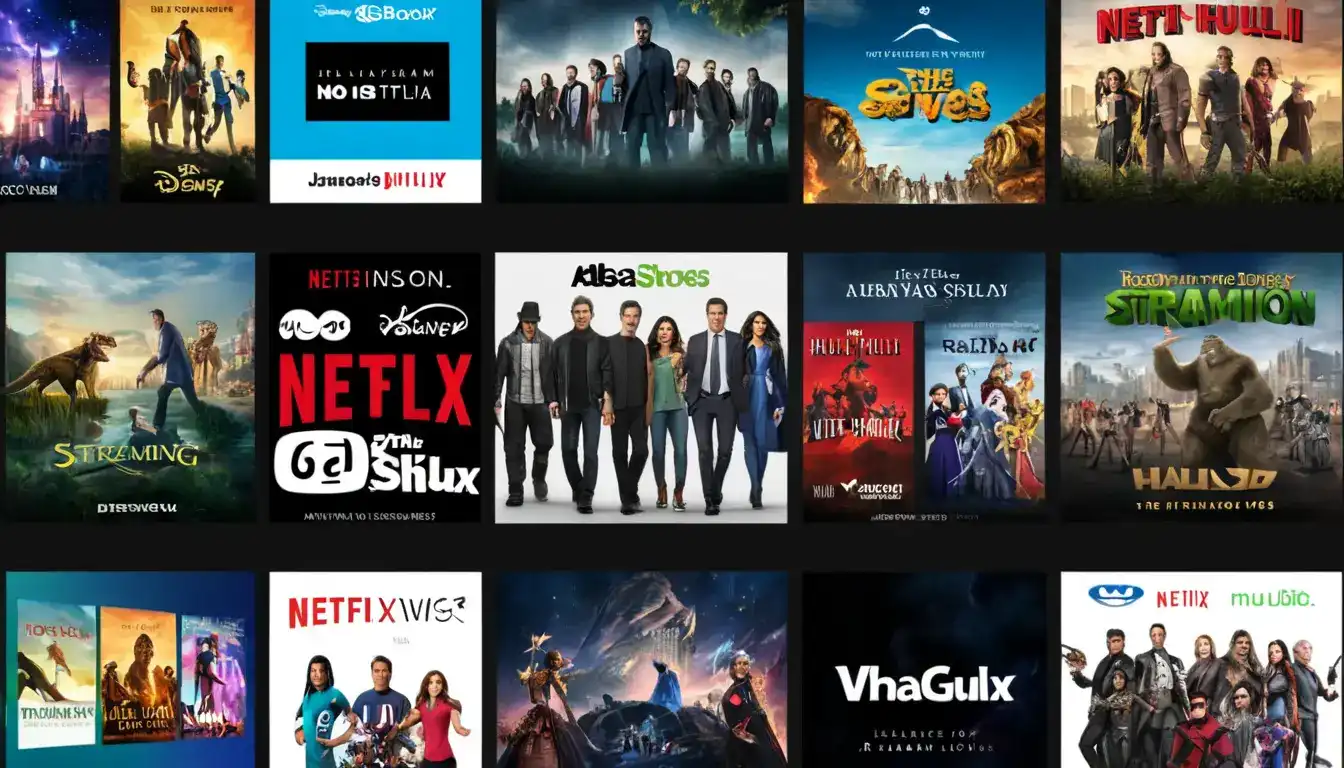
1
3
4
5
6
7
8
9
10
Lifestyle
View AllTechnology
View All
August 5, 2024
Top Unity Software Development Trends to Watch in 2024
Explore the top Unity software development trends that will shape the gaming industry in 2024. From AI integration to VR/AR immersion, cross-platform reach, cloud collaboration, and mobile gaming, Unity is revolutionizing gaming experiences. Stay ahead in the dynamic world of game development with these insights.

August 5, 2024
Top 10 Steam Games of 2024
Discover the 10 best Steam games of 2024 and embark on an unforgettable adventure. From breathtaking open-world epics to thrilling FPS battles, these must-play games will keep you entertained for hours. Get ready to dive into the exciting world of Steam gaming and discover your next favorite game!

August 5, 2024
Application of IoT in Various Industries
The Internet of Things (IoT) has revolutionized various industries by enabling real-time data collection, analysis, and automation. In manufacturing, IoT has led to smart factories, predictive maintenance, and supply chain optimization. In healthcare, IoT has facilitated remote patient monitoring, smart hospitals, and enhanced patient care.

August 5, 2024
Oculus Quest 2 vs HTC Vive Pro – Which Should You Choose?
Oculus Quest 2 vs HTC Vive Pro – which VR headset reigns supreme? Dive into this ultimate showdown to discover the strengths and weaknesses of each, and decide which one is worth your investment. From specs and comfort to content and price, we'll help you make an informed choice.

